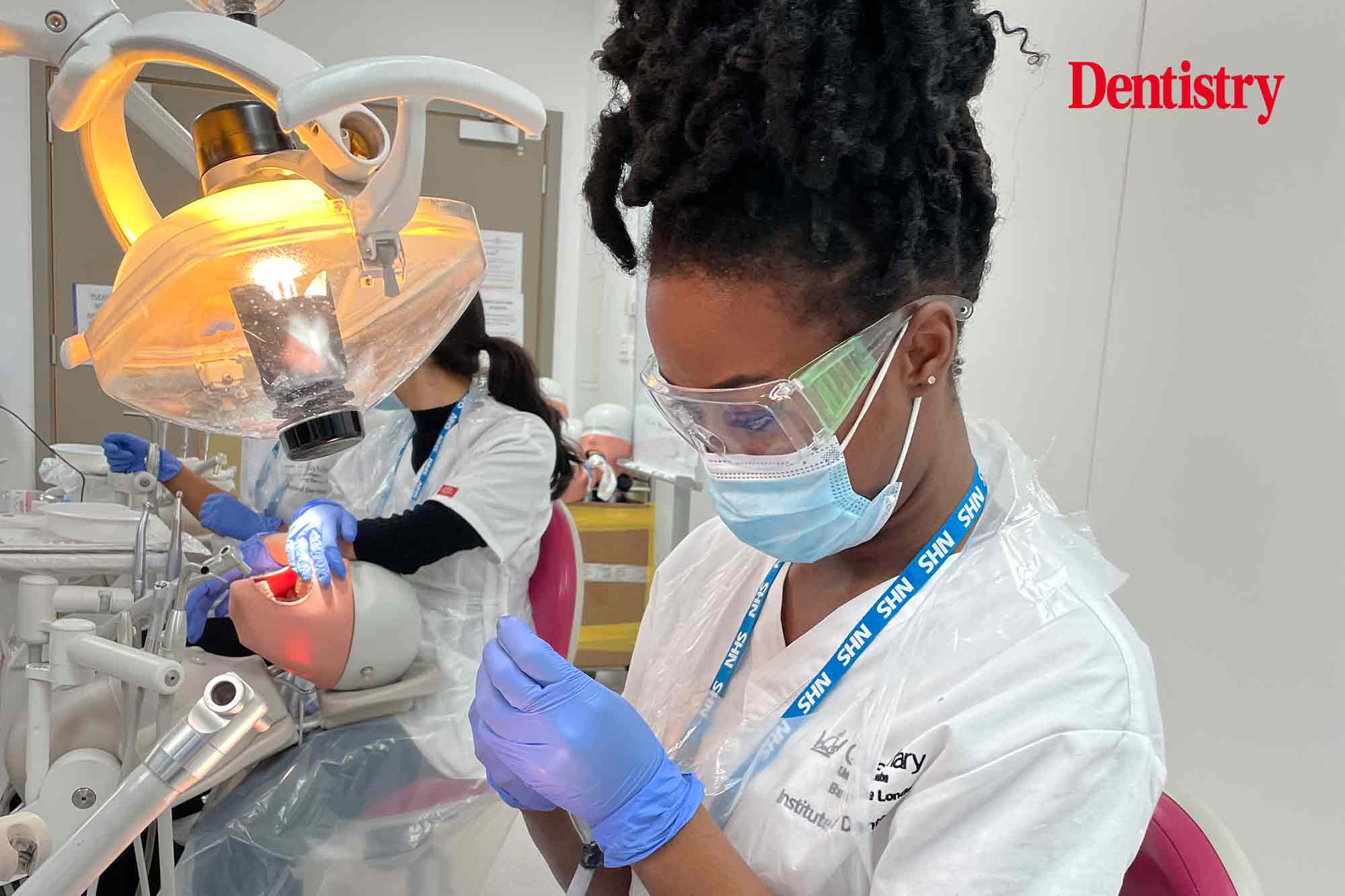
Sola Asaolu, a fourth year dental student and study Youtuber, reflects on the impact of microaggressions in the dental practice.
It is a known fact that racial disparities have long existed within the healthcare setting. However, in comparison to other healthcare divisions how these inequalities affect dentistry is rarely discussed.
As a fourth year dental student of Black-British origin, I have witnessed how certain comments can be rooted with deeper racial undertones.
Comments such as ‘You’re really articulate for a black person’ or ‘Your name is hard to pronounce’ have become familiar. Such comments are known as ‘microaggressions’, which are subtle expressions of racism, sexism, ageism or ableism (Williams, 2019).
This article will discuss some of these inequalities and provide suggestions that we as healthcare professionals can implement to minimise unconscious bias and take a step towards creating an environment within dentistry that is equal for all.
Misconceptions
Though we have seen recent strides in racial activism, such as the Black Lives Matter movement in 2020, the issue of racial bias within dentistry is still prevalent. Even within dental school, students still believe many false myths.
A study as recent as 2016 demonstrated that 73% of medical students and healthcare professionals believed at least one false idea about black patients; including black people having thicker skin, higher pain tolerances and denser bones (Hoffman, 2016). This study highlights a serious paucity in education surrounding racial bias and false ideologies about biological differences between races.
Fallacies like these are derived from long-standing societal myths historically used to justify the inhumane treatment of black individuals during slavery but are unfortunately still believed by many today.
Further studies have shown that healthcare providers may also underestimate pain levels of black patients. Black patients are routinely under-prescribed analgesics in comparison to their white counterparts (Mathur and colleagues, 2014).
The impact of this assumption could have a ripple effect on a patient – leading to increased pain, discomfort and, ultimately, reduced patient satisfaction. Conversely, the dramatic role that race sometimes plays in treatment planning can also lead to black patients receiving more extensive and less preferable treatment (Cabral and colleagues, 2005).
Combined, these actions deepen patient mistrust, feeding into a vicious cycle which perpetuates fear and mistrust in the dental profession. Perhaps, this is why certain racial groups are more likely to experience heightened anxiety and fear surrounding visiting the dentist (Sokoto and colleagues, 2022).
How can we improve?
It is worth noting that these differences may not solely be a result of explicit racial bias, as it is sometimes difficult to separate race from other social determinants of health. Regardless, it is vital that as clinicians, we acknowledge the extent of the impact that our decisions have.
The work required to first admit then reduce the influence of our own biases upon these decisions – as hard and uncomfortable as it may be – is essential to not only provide better treatment for these patients but also increase patient trust.
Self-criticism is challenging – we would all like to believe we treat all patients equally. However, it is only through this challenge, that we will drive a positive change for the benefit of all.
An increase in trust might lead to earlier and more frequent patient presentations, improved satisfaction and so an improved societal image of dentistry.
To achieve this, we can all take small but intentional steps to educate ourselves beyond what is taught in university. Examples include learning how diseases may present in darker skin tones, becoming allies, not enemies to those from different racial groups and being open to engaging in conversations about race can lead to great strides in breaking barriers pertaining to race.
Though this is a challenging topic, it is one that we must all engage in as healthcare professionals for the benefit of our patients, the profession and ultimately each other.
References
- Williams MT. Microaggressions: Clarification, Evidence, and Impact. Perspectives on Psychological Science. 2019 Aug 16;15(1):174569161982749
- Hoffman KM, Trawalter S, Axt JR, Oliver MN. Racial Bias in Pain Assessment and Treatment recommendations, and False Beliefs about Biological Differences between Blacks and Whites. Proceedings of the National Academy of Sciences [Internet]. 2016 Apr 4 [cited 2023 Aug 29];113(16):4296–301
- Mathur VA, Richeson JA, Paice JA, Muzyka M, Chiao JY. Racial Bias in Pain Perception and Response: Experimental Examination of Automatic and Deliberate Processes. The Journal of Pain. 2014 May;15(5):476–84
- Cabral ED, Caldas A de F, Cabral HAM. Influence of the patient’s race on the dentist’s decision to extract or retain a decayed tooth. Community Dentistry and Oral Epidemiology. 2005 Dec;33(6):461–6
- Sokoto KC, Platt LF, Alexander LA, Foxman B, Shaffer JR, Marazita ML, et al. Racism in oral healthcare settings: Implications for dental care‐related fear/anxiety and utilization among Black/African American women in Appalachia. Journal of Public Health Dentistry. 2022 Mar;82(S1):28–35.
Follow Dentistry.co.uk on Instagram to keep up with all the latest dental news and trends.


